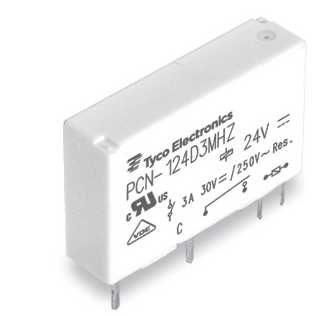T
treez
Guest
This Relay...
Relay (farnell 4444942)
https://www.farnell.com/datasheets/1717946.pdf
Is their a polarity on the coil connection (A1 & A2 pins)?
Relay (farnell 4444942)
https://www.farnell.com/datasheets/1717946.pdf
Is their a polarity on the coil connection (A1 & A2 pins)?
